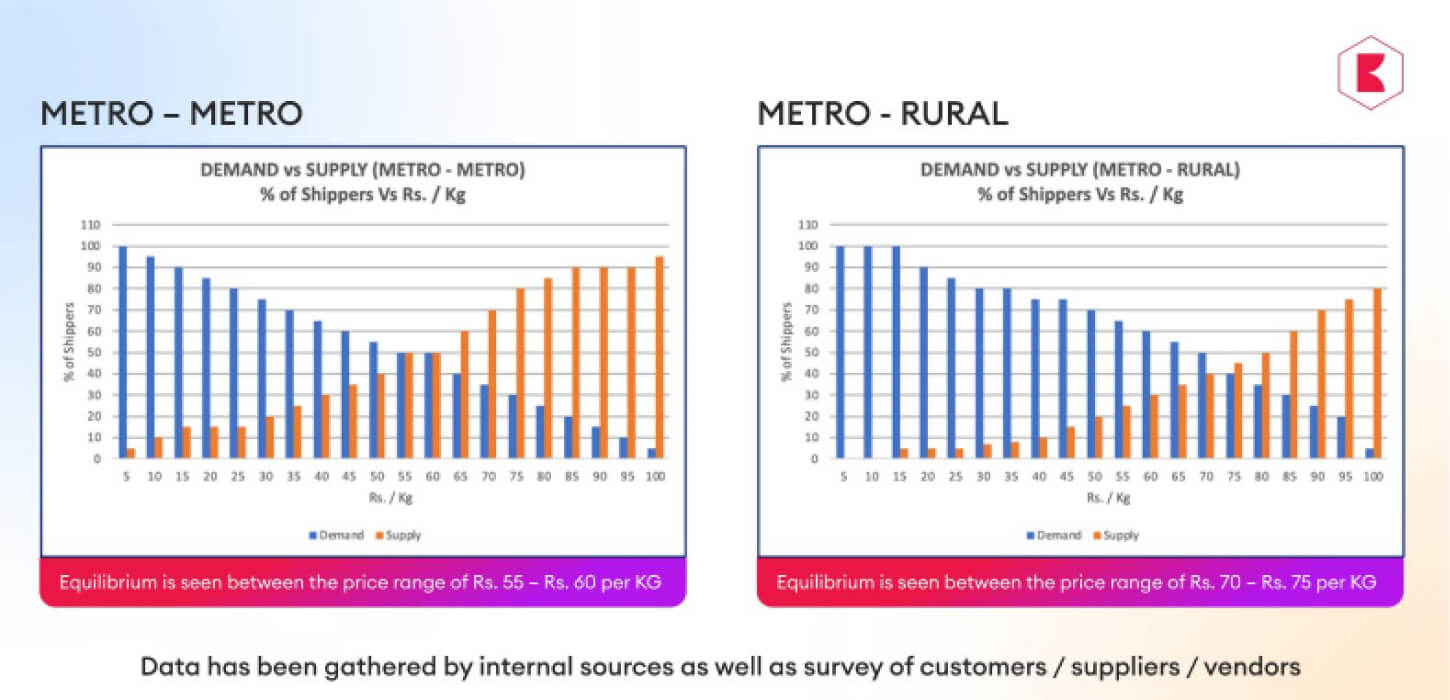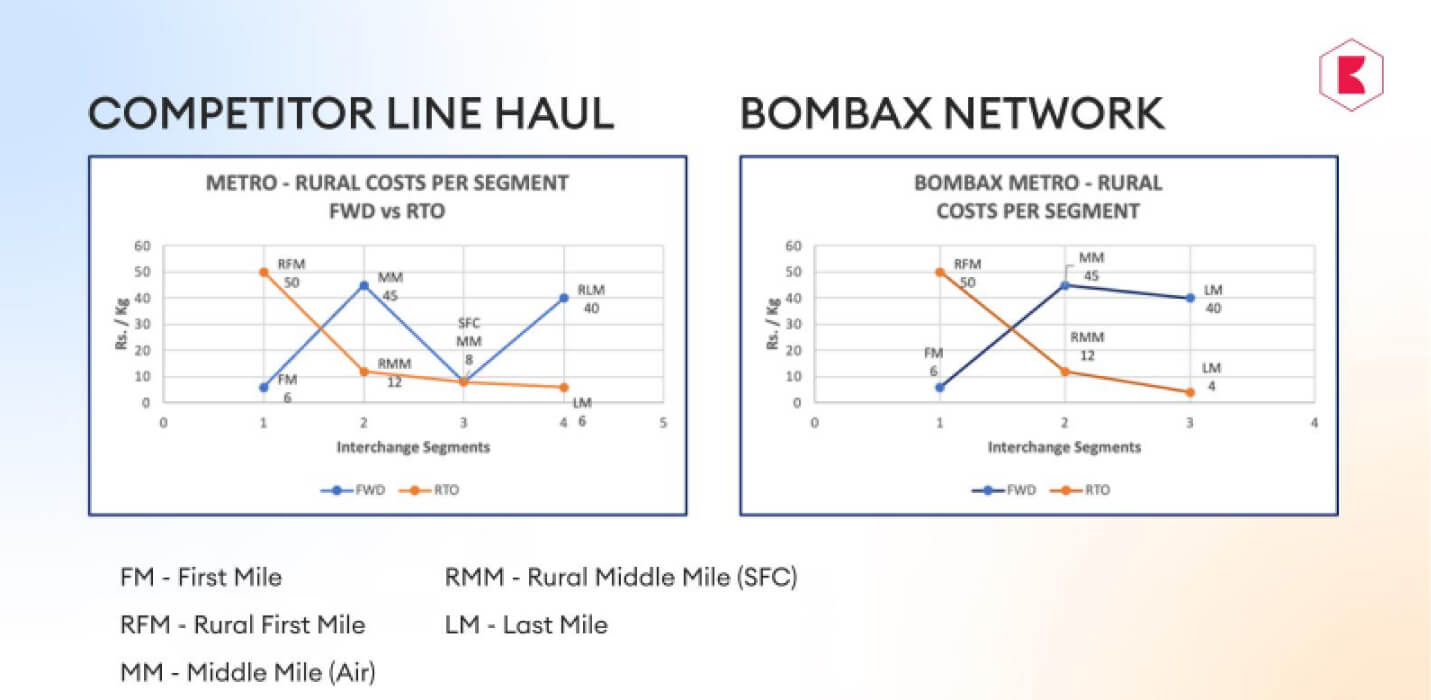The Logistics Conundrum

Now YOU know!!!
THIS QUESTION IS A CAUSE OF MY RECENT INSOMNIA!
From a macro-economic POV, as Alfred Marshall stated in 1890, demand and supply curves demonstrate the point at which the market is in equilibrium. He proposed that demand, supply, costs of production and price elasticity all work together – and his thesis has formed the basis of economic policy for the last 100+ years. However, the problem is that market equilibrium is theoretical only, and the market never actually reaches equilibrium (quite like thrill seekers in pursuit of Nirvana) – but only strives to achieve it (inefficiencies exist!).
So, despite googling the answers to 2 fundamental questions – where does that leave me? Asking more questions – Why do logistic inefficiencies exist? Where do Bombax’s strengths lie?
Think About This For A Moment – India’s $215 Billion Logistic Industry Is Highly Fragmented, Disorganized And Inefficient.
- 95% of air cargo is restricted to top 7 airports
- 65% of logistic movement is done via surface transport
- 80% of roads in India are still rural / single laned
- 85% of transporters are disorganized (less than 4 trucks)
- Low technology adoption and penetration across the industry segments (fragmented)

Despite the above problems as well as the strong global economic headwinds, the logistics industry in India is still projected to grow at 11% CAGR over the next 5 years. The major drivers for the growth are:
- Young and aspirational population leading to strong demand creation (600+ million below age of 25)
- Continued internet penetration (830+ million Indians have access to internet in 2022)
- Strong rural demand (800+ million people will live in rural India by 2025)
- Government Of India’s infrastructure initiatives (Bharatmala + Udan)
Despite the above problems as well as the strong global economic headwinds, the logistics industry in India is still projected to grow at 11% CAGR over the next 5 years. The major drivers for the growth are:
- Consumption Demand will grow exponentially in rural India
- Supply of logistic services is limited (and inefficient) especially in rural India
- This supply side shortage drives up price of deliveries (in rural India)
- Increased logistic costs increase the cost of goods supplied (makes it expensive)
Therefore:
- If we compare Metro Vs Rural Services, market forces will encourage more supply chain companies to set up in rural areas and reduce logistic costs (till a certain price point and volume is achieved)
- This will in turn reduce prices and let more people buy more products in rural India
- Demand and Supply will move towards market equilibrium (Yipee!)

Due to all the factors stated above, at Bombax Logistics, we have decided to focus on developing our core supply-side networks first, to be able to meet 2 main objectives (goodnight to my insomnia):
- Faster Connections – reducing transit time and increasing efficiency
- Pan-India Penetration -provide high-value services even in rural / remote India
This obsessive solution-focused approach has pushed us to build out our unique network of smaller airports supported by rural distribution hubs (RDH’s) – the combination of which results in the following benefits:
- Wider network for Express Services – especially in non-metro stations (Srinagar / Chandigarh /Udaipur / Lucknow / Patna / Bhubaneshwar / Raipur / Indore / Varanasi / Cochin/Calicut etc.)
- Reliability in Rural India – on a district level including North-East India

Once we have the physical supply-side completely built-out (by 2024) we will look to further aggregate demand through our digital platform (website / apps) through which we will offer differentiated services depending on customer requirements (urgency/reliability). This will be our endeavor at achieving our own perfect equilibrium.